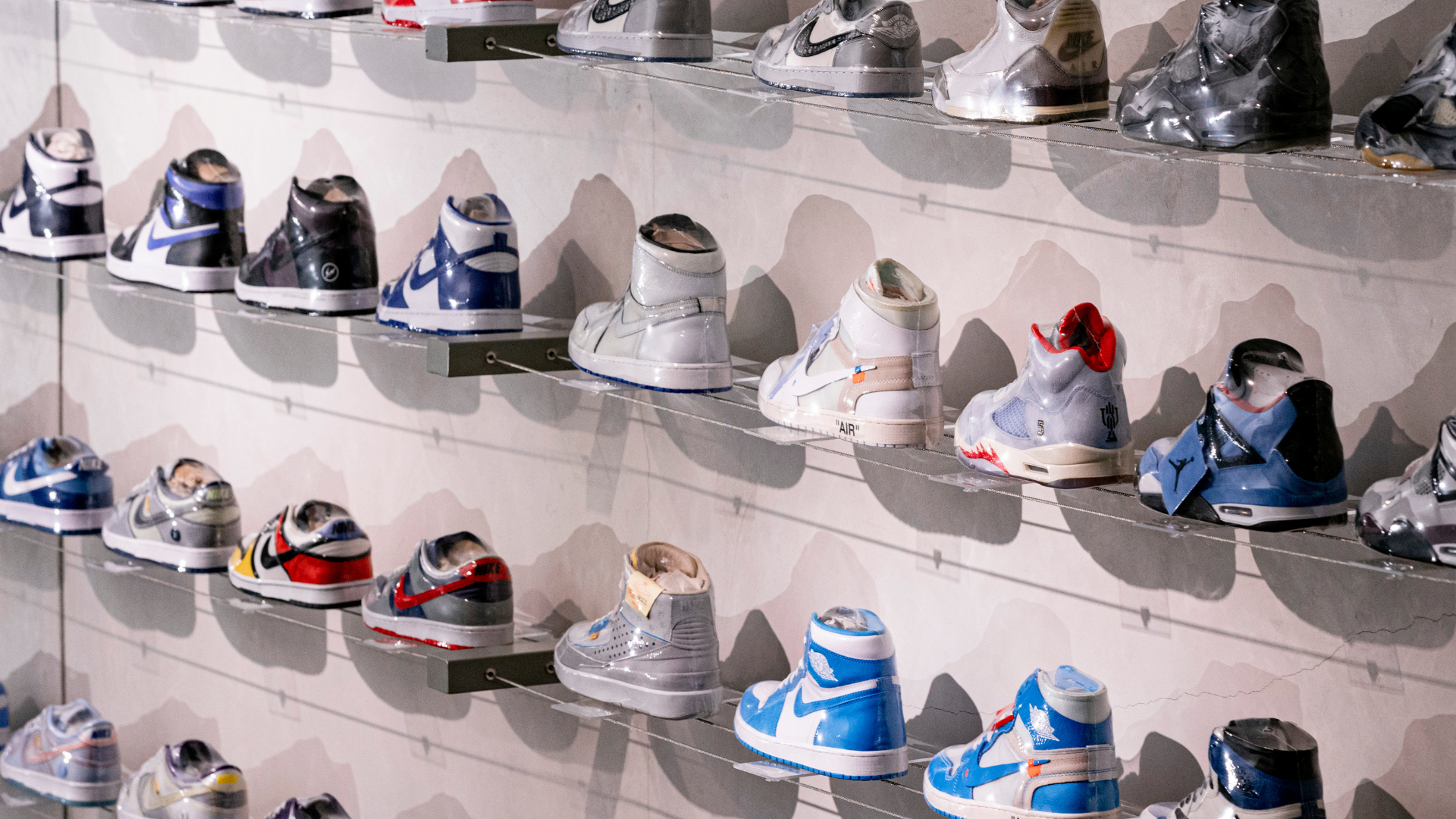
The resale market is arguably the worst thing that has happened to the sneaker industry. Combined with internet bots, the ultra-high price that accompanies reselling has nearly obliterated the excitement that comes with the anticipation of the release of a shoe. That feeling has been replaced with disappointment when you realize bots or lucky buyers have taken over a launch day. Years back, when I was a baby sneakerhead purchasing my first few pairs of Nike Dunks on Jamaica Avenue in Queens, I never had to worry about the insane markups that are now normalized–I recall spending roughly $100 per pair. Nowadays, over on Farfetch, options like the highly coveted silver Adidas Sambas designed by Wales Bonner are retailing for $445.
Even if it is considered an “It-sneaker,” shelling out over $300 makes the sneaker inaccessible. Of course, buyers can opt for the regular Sambas if they’d like; the resurgence of this silhouette has led to it being seen everywhere. Notably, the most popular colors of this style are readily available and are priced at $100. Despite this, in recent years, it appears that companies including Adidas and Nike are betting on generating buzz around hard-to-get collaborations rather than prioritizing stocking adequate amounts of said collaborations. Simply put, they capitalize off of a scarcity mindset for those looking to cop these rare shoes, those who are desperate enough to have the release will spend whatever price to have them. Due to these calculated actions of billion-dollar footwear, apparel, and accessory companies previously mentioned, individual resellers and sites like GOAT and Farfetch are now forcibly part of the sneaker industry.
The process of purchasing sneakers has also become considerably difficult in recent years. Any footwear lover knows they log on to an app like Nike’s SNKRS or e-commerce stores, including but not limited to End Clothing or Stadium Goods, at a specific time for a fighting chance to purchase new drops. But even once you’re logged on, that doesn’t guarantee you’ll be able to cop. Instead, depending on what time you are online, if you’re even thirty seconds late, the shoes you want might be out of stock. Business Insider reported earlier this year that every month Nike stopped as many as 12 million bots trying to game the SNKRS launches globally (which isn’t surprising). If that happens, the next steps are usually to rush to GOAT or Flight Club to see what the price point looks like there. I’ve done this countless times, and typically on release day, sneakers are steeply priced at over $300. I admit that I’ve given in because I really wanted pieces like the New Balance X Salehe Bembury 2002R in teal: I paid over $300 for them via Flight Club.
The normalization of sneaker resellers in addition to steep price points amid demand is puzzling to see. Unpacking all of this is nearly impossible. Statistically speaking, the reseller market was thriving during the pandemic. However, at the top of 2023, platforms like StockX were struggling and their customer bases were shrinking. The reasons why: sneaker resellers were feeling the end of buyers no longer treating themselves via stimulus checks, inflation, and brands beginning to crack down on bots. Additionally, consumers were no longer feeling confident in resellers. According to Business Insider, Adidas and Kanye West’s parting ways also affected the reselling industry.
Statistically, demand for sneakers was at an all-time low earlier this year. But even with that, prestige shoes are still ridiculously priced. So what should sneaker lovers do? I challenge them to wait for prices to drop before making a purchase–this way, the market could potentially readjust itself–and resellers will become forced to not mark up their pricing. Hold off on purchasing on the day of a release unless it’s in person. Sneakers being overpriced only happens if people immediately purchase what they want on the day of the drops.
Even with strategizing when to purchase, the issue of heightened sneaker prices will continue. This is largely due to bots and the backdooring of sneakers which I don’t imagine ending anytime soon. Consumers are willing to pay any amount to be the first person to have a coveted release–this is why the normalization of $300 sneakers will persist. And that means resellers who hike up fees for drops won’t be slowing down, they’ll continue thriving.
TOPICS: #fashionnews luxury footwear SneakersThe post The Rise Of Sneaker Resale Pricing And How It Affects Consumers appeared first on Essence.


0 Commentaires